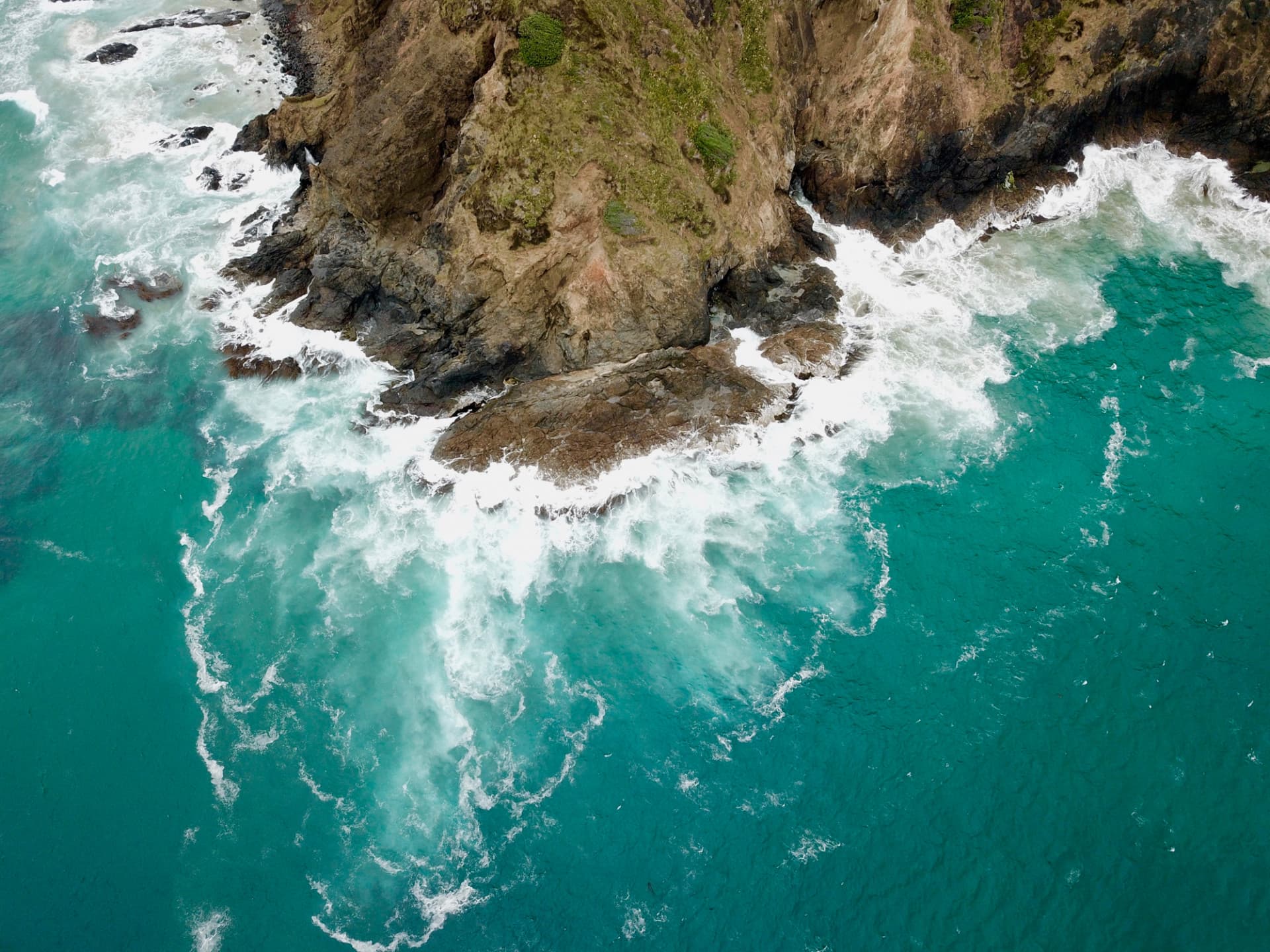
Credit: Ayushi Kachhara NIWA 2018

Kolodzey S, LM Durante, AJM Sabadal, SR Wing. (2021). Journal of Experimental Marine Biology and Ecology
Maternal effects · Oil globule · Larval survival · Larval growth · Fecundity · Spatial distribution · Maternal nutrition